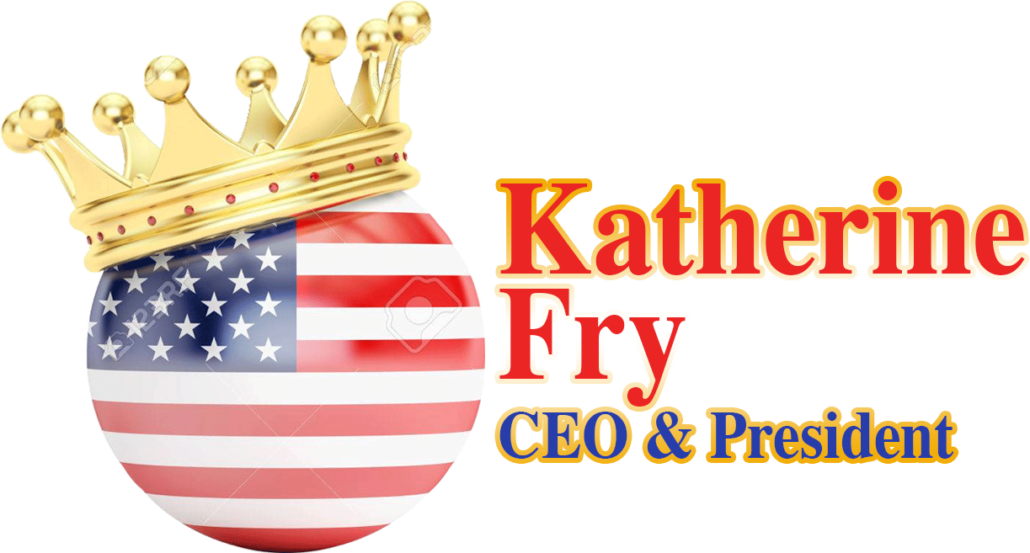13 Ideas for Churches to Consider During the COVID-19 Crisis
The news and our personal conversations are now being fully monopolized by the Covid-19 virus. However, as believers, fear should never be our response.
It is one thing to have a healthy respect for illness and what it can do to our lives. We should do that – and be wise in preventive measures. However, the Bible contains three hundred and sixty-five references to God telling his people to “fear not.”
Because of our faith in a mighty God, we should be the people, “who keep their heads when all about you are losing theirs.” We should be a model to the world of how to respond.
We have put together eleven ideas for churches to consider during a time in which our communities are in a heightened state of fear and concern.
- Plan for a realistic timeline: Unless things radically change, we are looking at weeks more of increased distancing and isolation. On the plus side, this gives us a planning window. Have special plans for September that include socially distanced get together or Zoom meetings. Use October for a different focus. Sketch out your November with further engaging but safe church activities.
- Minister to those with COVID-19: Make a plan for how you will minister to those who are sick. Many pastors are already wrestling with this. With distancing rules, consider incorporating phones, videos, and think about how to have care packages delivered. Many will get the virus and recover. If health experts assure us that the recovered have immunity (and if they are willing) those individuals with confirmed cases and have recovered may become the ones best equipped to encourage the sick.
- Communicate hope, and report only facts: When our community is in a state of fear and uncertainty, we have a great opportunity for ministry. We have a marvelous opportunity to speak in terms of our hope and confidence in God through this season. Fear is a psychological, emotional, and spiritual battle. We have the opportunity to offer comfort. Additionally, be sure to communicate accurate information. Sources such as the CDC and WHO should be the ultimate source for facts. It is important not to spread misinformation unconsciously.
- Consider economic impact: In these times of economic distress, members of our community may seek assistance and support from their local church. Counselors, support groups, and benevolence ministries are all opportunities for church leaders to become a resource.
- Know or find out who the community partners are in the field. This may also be an opportunity to establish a crisis needs fund. Many will be out of work and miss paychecks. Students who rely on school programs for meals will go without sustenance. If the need is wide enough, church leaders could ask for special gifts to serve the needs of people in crisis.
- Take precautions to protect the vulnerable, and remember the lonely: Several churches are setting up task forces with medical professionals to announce slight changes. This is an example of a “Short Term Activated Team.” These types of action steps ensure your congregation is informed and shows them you are being proactive. Additionally, consider those in your church who may be lonely. Twenty eight percent of American households have only one person. People in these circumstances may have little interaction during these weeks. Develop a phone call routine. Enlist others to consistently help.
- Go digital, and be creative: This is absolutely an opportunity to expand online efforts. Use simple streaming tactics, or pilot multiple online, digital communication strategies that keep people connected and encouraged. This first starts with worship streaming. An alternative to investing in live stream equipment would be to partner with other local churches who have live-stream capabilities. Then, funds can be saved to serve neighbors facing economic hardship during this time. Furthermore, be creative with the arts. It has been amazing to see many musicians do mini concerts online and via Facebook. Could one’s church team produce a five to seven minute encouragement online in this way? Build a special Spotify playlist of worship songs focused on God’s presence, healing, and salvation. Share it widely via social media. Consider a “daily dose” audio podcast that is a daily message of prayer, affirmation, and teaching (two to five minutes). Use Instagram and Facebook Live to stay in communication. Consider having worship leaders calling to play a song for someone who is sick.
- Tap into small groups, and minister through the people: This is the time for small groups to shine. Let them figure out Google hangouts, Zoom calls, and other methods quickly. Encourage them to meet MORE frequently than normal. Give the leaders some slide decks to do some church announcements. This is a great opportunity to get people focused on caring for friends, neighbors, and coworkers. Ask, “As you find people impacted that we can serve, would you please let us know?” This reporting system could be met with the response of many possibilities. However, make sure to follow through with any promises made. False promises of help will discourage members who are eager to serve others. Be bold with sharing the gospel.
- Teach about giving: During times of crisis, giving is undoubtedly affected. Use this as an opportunity to teach regularity in stewardship. Ministries still continue, and missionaries still need support, even if the church is not meeting regularly. Additionally, churches are still in need of loyal stewards who will walk with church members through thick and thin. Many churches are already utilizing online giving. This is a great time to remind one’s church how easy it is to set up and use. Prepare an easy step-by-step guide for using online giving as well as setting up recurring giving, and include it in daily communications.
- Issue a mission of the day: Post on social media or the church’s website with a mission they can participate in each day. Bake something for a neighbor, write a note, give a neighbor one’s phone number to call if they are lonely. Place the note in a plastic bag or envelope and tape it to the mailbox. Serve those neighbors in some creative way. Then ask for reports of how this went for those who tried it.
- Consider drive-in or drive-thru options: With the right set up and good social distancing, this could be a real possibility. This takes some creativity and work to set up but should be considered. Drive-in options can be utilized for prayer or for a large service (if you have the technology). Parking lots can be used as well as drive-in theaters or any place wide open that allows enough space.
- Plan for pregnant women, kids, and families: Some church members may be pregnant with a child right now, so consider special touches to reach out to them. Perhaps organize a virtual shower through a gift list and zoom. Furthermore, with no youth sports or schools open – consider the myriad of opportunities with digital outreach for kids. These could include story time with a pastor at nine a.m. and an eight p.m. Bible lesson every night. One church said they are encouraging “family worship time” every night at a set hour with a broadcast for ten minutes that has a guided session for families.
- Finally, pray for revival! Crises can also lead to reawakenings. Most people come to faith during a crisis, or at some turning point in their lives. This could be a marvelous harvest season if we respond not from fear but with compassion and boldness.

